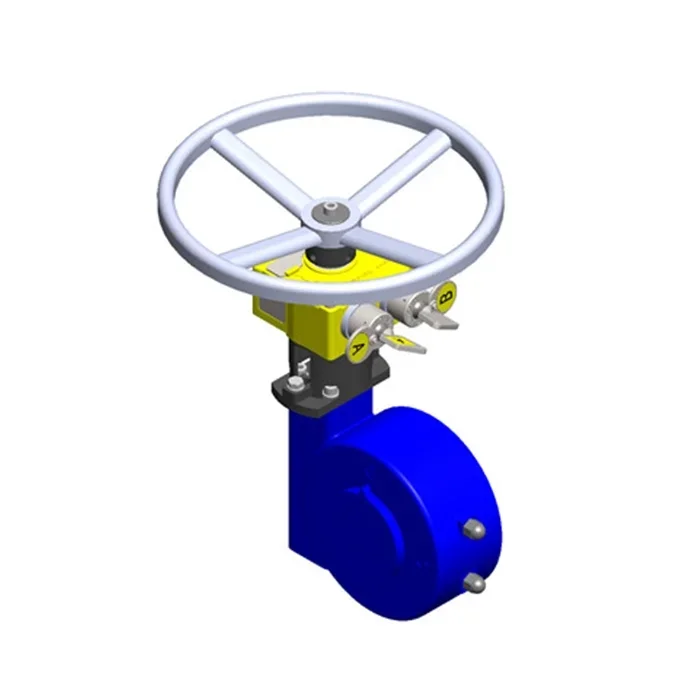A valve interlock is an important device used to control fluid flow and is widely used in industrial production and pipeline transportation systems. However, due to long-term use or other reasons, the valve interlock may malfunction and affect the normal workflow. Therefore, timely troubleshooting and maintenance are crucial.

First, we need to understand the basic working principle of valve interlock. The valve interlock is installed on the valve and controls the valve forcibly through the switch logic setting of the valve. When a valve is open, the system can lock other related valves from opening simultaneously, avoiding the risk of fluid mixing or cross-contamination. When a valve is closed, the system can also unlock other valves, allowing them to open. According to different process requirements, the operating sequence of the valve is set. This interlocking mechanism can ensure the safety and reliability of fluid flow.
However, the valve interlock may malfunction and not function properly. Common faults include poor key insertion and removal. When a system failure is discovered, we need to take timely measures to eliminate it.
First, we can observe whether the keys are inserted into the lock in the specified order. The possibility of misoperation of the key can be eliminated through the process logic sequence.
Secondly, we need to check whether the lock cylinder is working properly. You can observe whether the lock core components are in good condition by opening the internal parts of the lock.
In addition, we also need to check whether the valve factor causes the interlocking mechanism to be unable to operate. If it is the valve factor, we should repair or replace the valve in time.
When troubleshooting, we need to pay attention to safety. First, make sure the system is in maintenance condition, and second, use the appropriate tools and equipment to avoid accidents. Finally, if you encounter an unsolvable fault or require professional technical support, contact the relevant manufacturer or maintenance personnel for help in a timely manner.
In addition to troubleshooting, regular maintenance is also an important measure to keep the valve interlock working properly. Maintenance includes cleaning valves and interlocking equipment, etc. Regular maintenance can detect potential problems and repair them in time, extending the service life of the system.
In short, valve interlock troubleshooting and maintenance are important aspects to ensure the normal operation of the system. Through timely troubleshooting and regular maintenance, the safe and reliable operation of valve interlock can be ensured, and work efficiency and production quality can be improved. Therefore, we should pay attention to the troubleshooting and maintenance of valve interlock to ensure the normal operation of the system.
The role and importance of valve interlock
What are the application fields of valve interlock
Valve interlock maintenance and maintenance guide
How to choose a high quality valve interlock
Explore the advantages of valve interlock
https://www.nudango.com/Troubleshooting-and-maintenance-of-valve-interlock-systems.html








